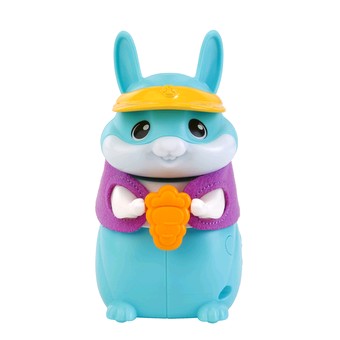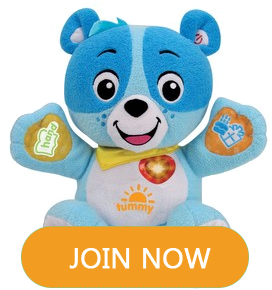Why Join VTech Club?
Joining is free, fast and full of great benefits, such as:
- Promotions and offers
- Monthly £1,000 prize draw*
- Regular competitions
- Special offers for our members
Added benefits
- Register your VTech products
- Apply to be a Product Tester
3+
YEARS
PetSqueaks Nibble the Bunny
£14.99
Temporarily unavailable to purchase online,
for more information please call 03306780149
for more information please call 03306780149
- Adorable pocket sized robotic pet which you can take wherever you go!
- 3 different sensors trigger fun responses which encourage nurturing and more!
- Your PetSqueaks really moves! Watch as they scurry along!
- Includes 3 accessories; headwear, jacket and a food item.
- Watch as your PetSqueak's cheeks light up as they giggle!
Best for ages:
3+ Years
Highlights
Pocket-sized robotic pet to nurture. Sensors on the PetSqueaks™ trigger responses. The PetSqueaks™ move around on flat surfaces! Cheeks light up when holding the food accessory!
Description
They’re small, they’re cheeky and they’re adorable! Introducing the PetSqueaks™ by VTech®! This cute little pocket-sized robotic pet plays fun and interactive responses when you trigger 1 of the 3 sensors. Play with and nurture your very own little companion and take them with you wherever you go! Watch your PetSqueaks™ move and scurry around on flat surfaces like a real pet! Each PetSqueaks™ comes with 3 accessories; headwear, jacket and a food item. Put the food item in your PetSqueaks™’s hands to see their cheeks light up in delight as they eat! The PetSqueaks™ by VTech®, your new cheeky companion!
- Product Number: 80-198663
- 2x AAA Batteries Required



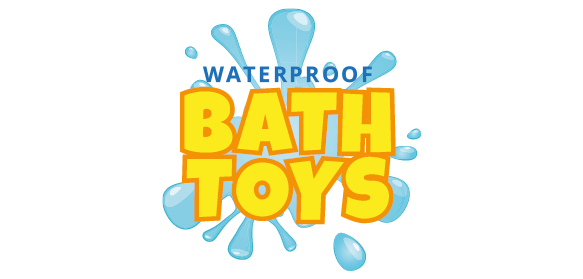
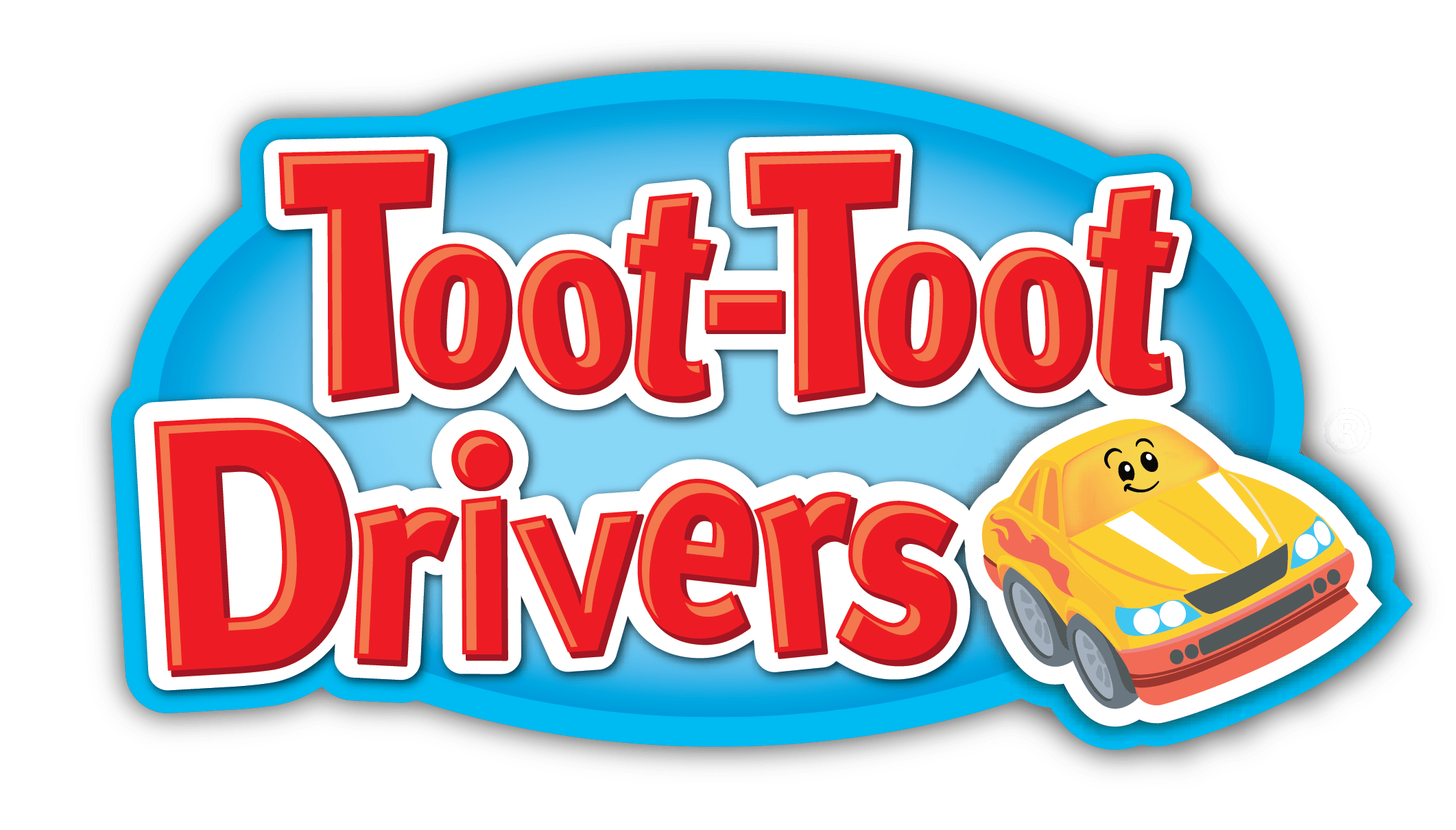



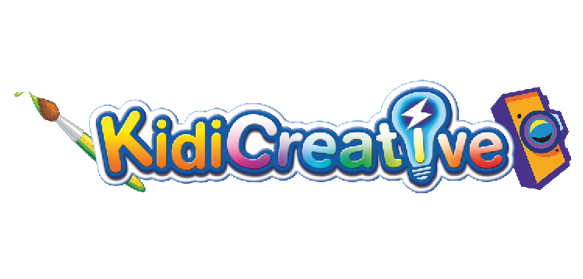

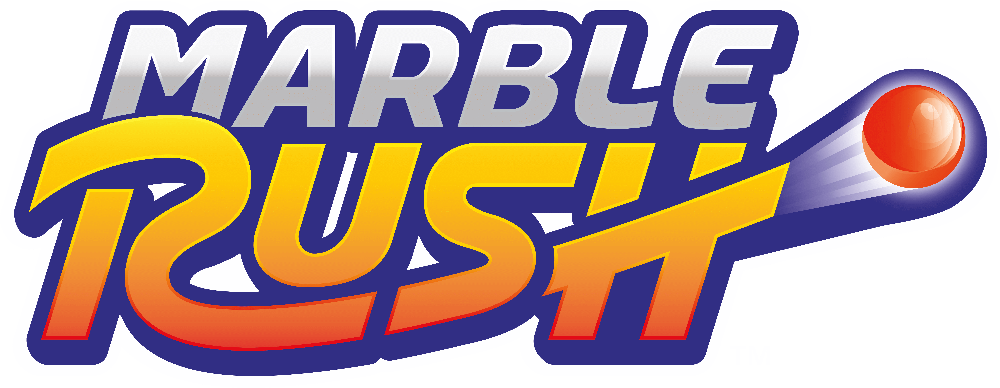


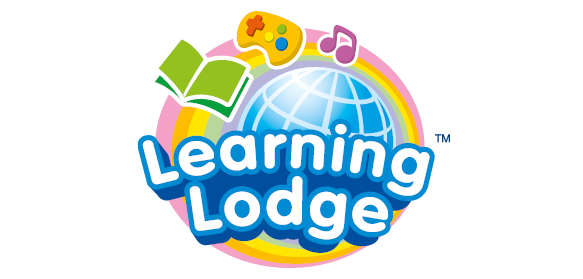 Download
Download

